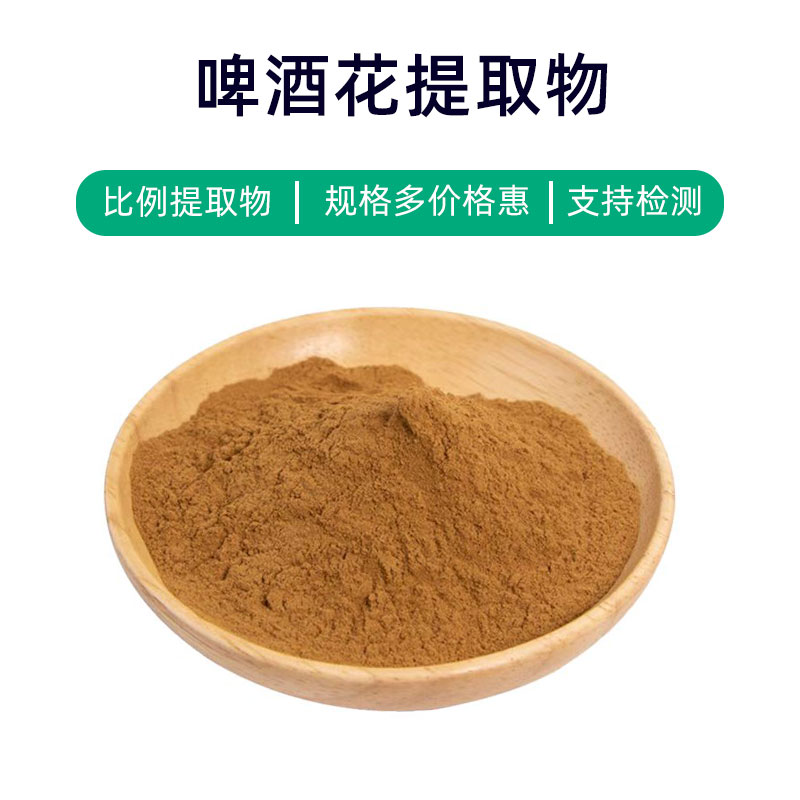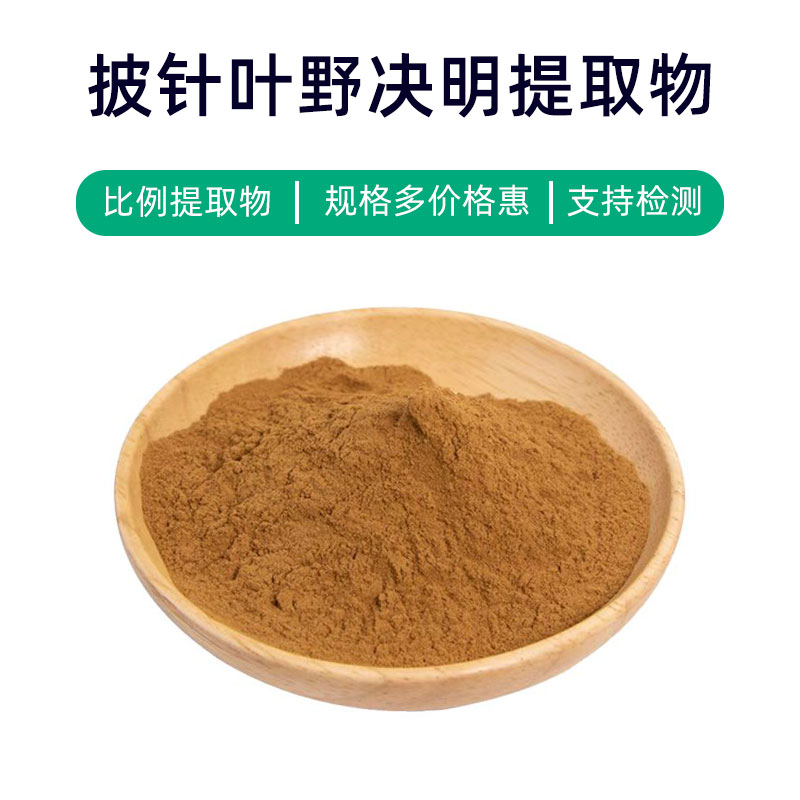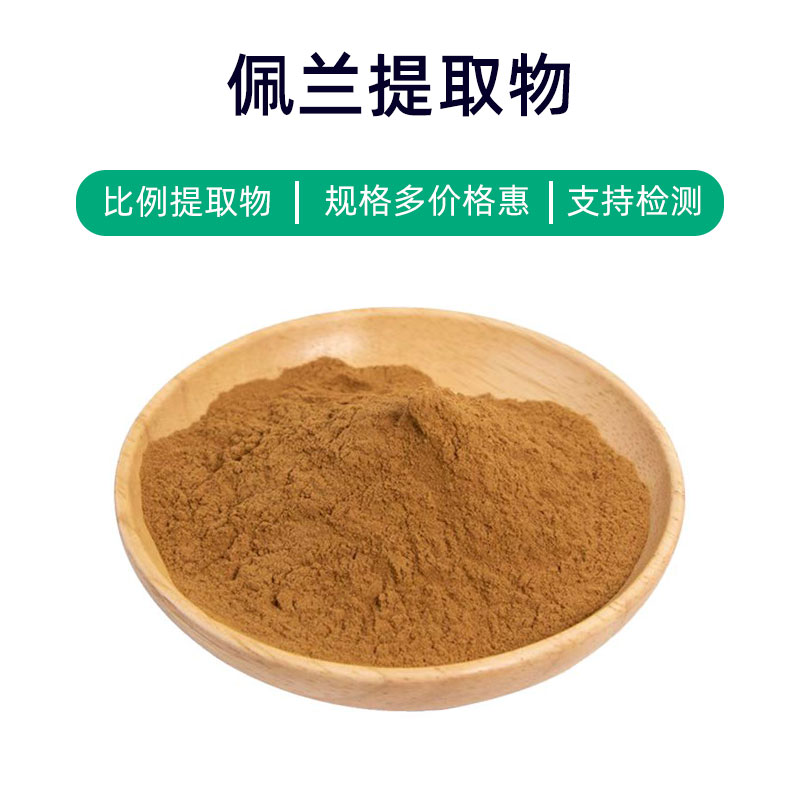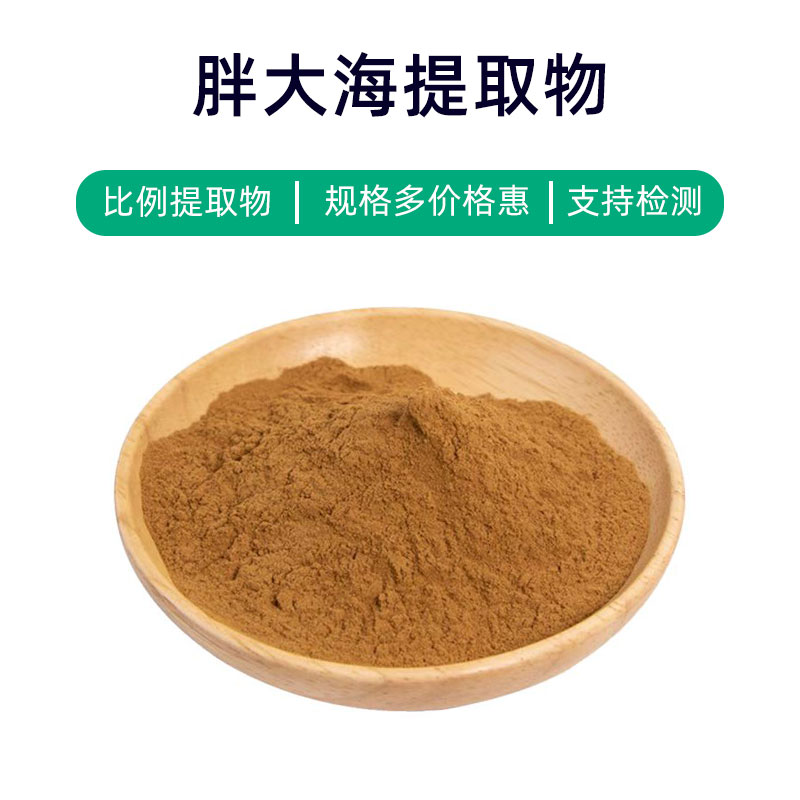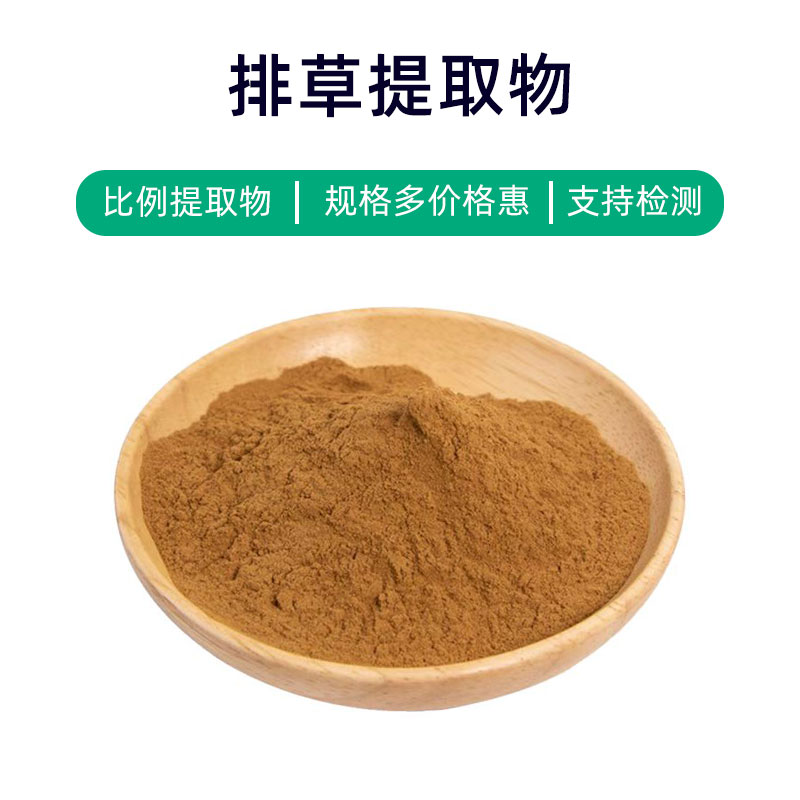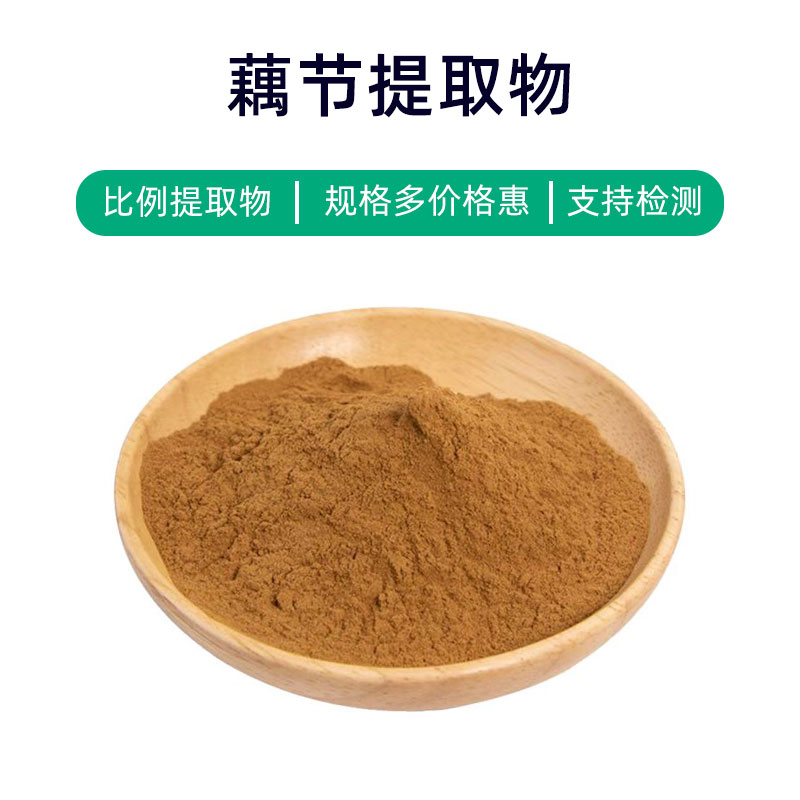Ginger-Turmeric Extract Product Description
Ginger-Turmeric Extract is a natural plant extract derived from the rhizome of the turmeric plant, primarily composed of bioactive substances like curcumin and turmerone. Curcumin is one of its main components, widely recognized for its antioxidant, anti-inflammatory, and antimicrobial properties, effectively contributing to improved health.
This extract is commonly used in pharmaceuticals, dietary supplements, food, and cosmetics. In pharmaceuticals, it is utilized to create anti-inflammatory and antioxidant medications for conditions like arthritis and indigestion. In dietary supplements, it is formulated as nutritional aids to enhance health and boost immunity. In food, it is added to various products such as health foods, seasonings, and beverages to provide antioxidant and preservative effects. In cosmetics, the extract is often included in skincare products to reduce inflammation and improve skin texture.
Overall, Ginger-Turmeric Extract, as a natural plant extract, has wide application prospects, playing a crucial role in supporting health and beauty.
Ginger-Turmeric Extract Production Process
The production process of Ginger-Turmeric Extract typically involves the following steps:
- Raw Material Preparation: Fresh turmeric plants are selected as raw materials, which must be washed and peeled to ensure quality and purity.
- Extraction: The pre-processed turmeric is subjected to various extraction methods, including water extraction, ethanol extraction, or dimethyl sulfoxide extraction. Water extraction is a common and environmentally friendly method for obtaining curcumin and other components.
- Concentration: The extracted turmeric liquid is concentrated to remove moisture and enrich curcumin and other active components.
- Refinement: The concentrated liquid undergoes further refinement processes such as filtration, crystallization, or distillation to remove impurities and enhance purity and quality.
- Drying: The refined liquid product is dried to convert it into a solid or powdered form. Common drying methods include spray drying, vacuum drying, or freeze drying.
- Packaging: The dried Ginger-Turmeric Extract is packaged using moisture-proof, sealed materials to ensure product quality and stability.
- Quality Inspection: Finally, the product undergoes quality inspection, including checks for appearance, ingredient content, and microbial limits, to ensure compliance with relevant standards and regulations.
The entire production process requires strict control over the parameters and conditions of each stage to ensure product quality and safety, meeting market and customer needs.
Ginger-Turmeric Extract Benefits and Side Effects
Ginger-Turmeric Extract offers several benefits, primarily including:
- Antioxidant Properties: Rich in curcumin and other antioxidant compounds, it can neutralize free radicals in the body, reducing oxidative stress on cells and helping to maintain cell health.
- Anti-Inflammatory Effects: Curcumin has significant anti-inflammatory properties that can inhibit the release of inflammatory factors, alleviating conditions such as rheumatoid arthritis and inflammatory bowel diseases.
- Antimicrobial Activity: The active components in the extract have suppressive effects on certain bacteria, fungi, and viruses, making it useful in preventing and treating infectious diseases.
- Digestive Aid: It is believed to promote digestive fluid secretion and enhance gastrointestinal motility, helping to relieve symptoms of indigestion and stomach pain.
- Improving Circulation: Ginger-Turmeric Extract can enhance blood circulation and lower blood viscosity, helping to prevent cardiovascular diseases and maintain vascular elasticity.
- Antitumor Properties: Curcumin is noted for its potential anticancer activity, inhibiting tumor cell proliferation and metastasis, with preventive and adjuvant therapeutic effects for certain cancers.
- Skin Care Benefits: The antioxidant and anti-inflammatory properties of curcumin can reduce skin oxidative stress and inflammation caused by external and internal factors, improving skin texture, lightening blemishes, and combating aging.
It is important to note that Ginger-Turmeric Extract may cause adverse reactions in some cases, such as allergic reactions or gastrointestinal discomfort. It is advisable to follow medical advice and control dosage to avoid unnecessary side effects. Pregnant women, nursing mothers, and patients undergoing medication should consult a doctor before use.
Ginger-Turmeric Extract Application Scenarios and Dosage
Ginger-Turmeric Extract has broad applications in medicine, food, and cosmetics. Here are its main application scenarios and recommended dosages:
- Medical Applications:
- Rheumatoid Arthritis Treatment: It can serve as an adjunct treatment for rheumatoid arthritis. Common forms include oral tablets, capsules, and granules, generally taken at a dosage of 400-800 mg per dose, 2-3 times daily.
- Indigestion Relief: Used to alleviate indigestion and gastrointestinal discomfort, it is typically taken at dosages of 200-400 mg per dose, 2-3 times daily.
- Food Applications:
- Flavoring Additive: As a food additive, it enhances the aroma and flavor of food, with frequent usage at 0.01%-0.1%.
- Beverage Products: It can be included in beverages such as ginger drinks and teas, with a typical dosage of 0.05%-0.2%.
- Cosmetic Applications:
- Skincare Products: Used in skincare formulations for its antioxidant, anti-inflammatory, and whitening effects, often at dosages of 0.1%-1% in creams, lotions, and masks.
- Beauty Products: It may also be incorporated into beauty products like hair care and nail care, with dosage depending on the specific formula.
- Other Applications:
- Traditional Medicine Formulations: Often found in traditional medicine formulations like turmeric pills and soups, used to treat ailments or enhance health.
- Health Supplements: Commonly included in dietary supplements such as turmeric liquid and softgel capsules to promote health and boost immunity.
Dosages should be determined based on product type, individual variations, and medical advice. It's essential to read product labels or consult a healthcare professional. Long-term or excessive use could cause adverse reactions like indigestion or allergies; therefore, caution is recommended.
Ginger and Turmeric Plant Characteristics, Distribution, and Growing Conditions
Ginger (Zingiber officinale) and turmeric (Curcuma longa) are two common plants whose extracts find broad applications in medicine, food, and cosmetics. Here’s an overview of their sources, distribution, and growing conditions:
Ginger (Zingiber officinale):
- Source Plant: A perennial herb from the ginger genus, characterized by a strong aroma, with the underground stem known as ginger root being its primary part.
- Distribution: Originating from tropical regions in Asia, it is primarily distributed in Southeast India, Malaysia, Thailand, and southern China. Today, it is cultivated in tropical and subtropical areas worldwide.
- Growing Conditions: Ginger prefers warm, humid climates, thriving best at temperatures between 20-30 degrees Celsius with loose, well-drained, and ventilated soil. It typically grows lush during the rainy season.
Turmeric (Curcuma longa):
- Source Plant: A perennial herb from the turmeric genus, with a bulky root rich in curcumin, serving as the primary source of turmeric.
- Distribution: Native to South Asia, it primarily grows in Southeast India, Indonesia, the Philippines, and southern China, widely cultivated in tropical and subtropical regions.
- Growing Conditions: Turmeric thrives in warm, humid climates, favoring sunny and well-drained soils, with optimal temperatures around 20-30 degrees Celsius and a soil pH of 6.0-7.8. Growth is best during rainy seasons.
Both plants have similar cultivation requirements, requiring warm, humid climates and good drainage. Their underground rhizomes are the primary medicinal components, rich in active ingredients and extensively used for medicinal and flavoring purposes.
Ginger and Turmeric Extract Processing and Storage
The processing and storage of ginger and turmeric extracts share some similarities but also have distinct differences. Generally, the process includes extraction, filtration, concentration, and drying steps. The extracts typically appear in powdered, concentrated liquid, or oil forms. During storage, the extracts should be kept in a cool, dry, and dark place, avoiding direct sunlight and high temperatures. Sealed containers help extend shelf life. Ginger extract is prone to oxidation and should be sealed quickly; turmeric extract is sensitive to light and humidity, so opaque, airtight containers are recommended, maintaining dryness. It is generally advised to avoid prolonged exposure to high temperatures to preserve its quality and efficacy.
Monica Sun is a seasoned expert in the plant extraction industry with over a decade of experience in research and production. She specializes in the extraction and purification of plant active ingredients, focusing on driving innovation in natural product applications. Monica has participated in the development of multiple functional plant extracts, delivering high-value natural raw material solutions for the health food, pharmaceutical, and dietary supplement sectors.









